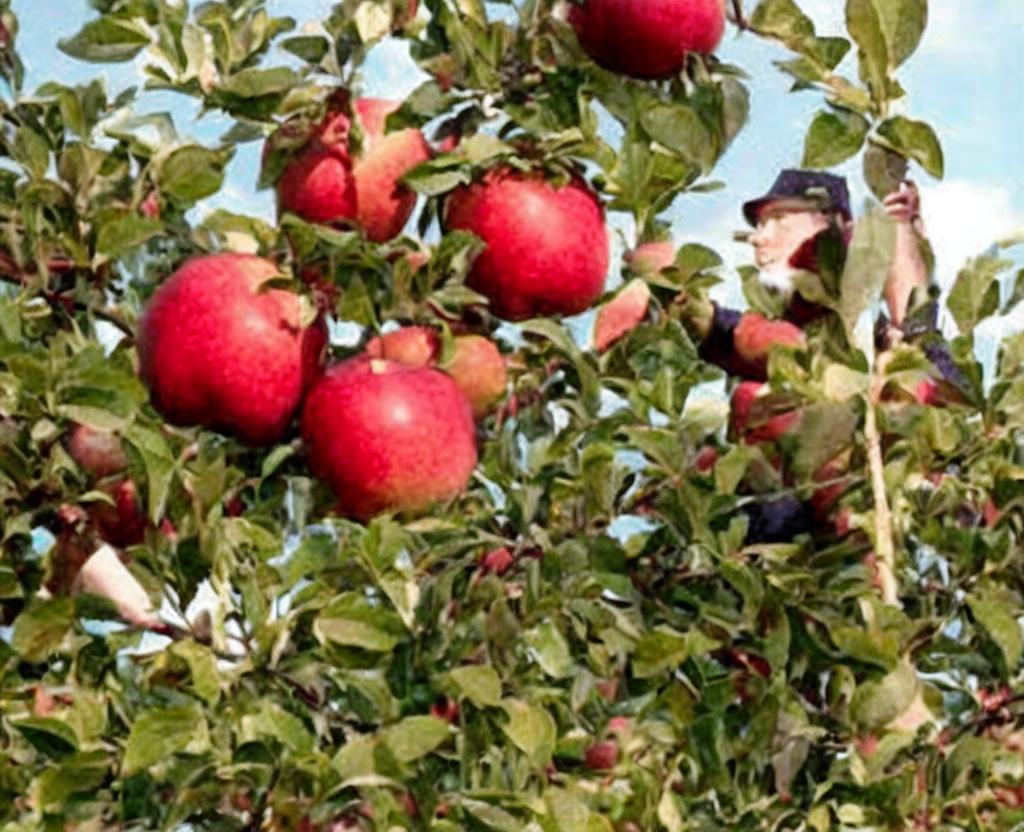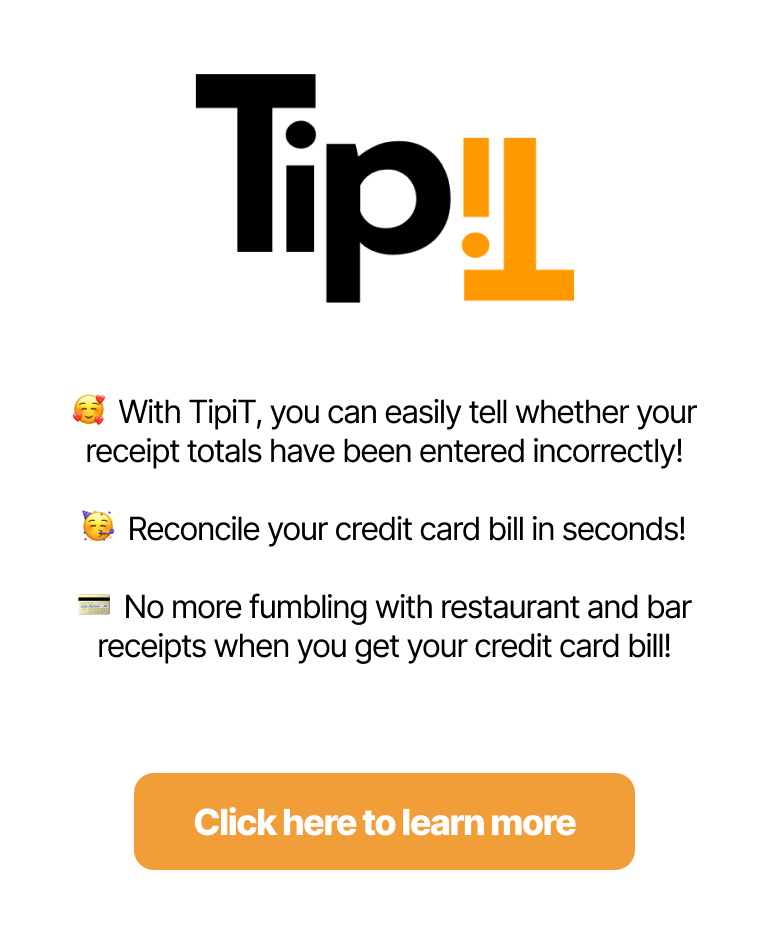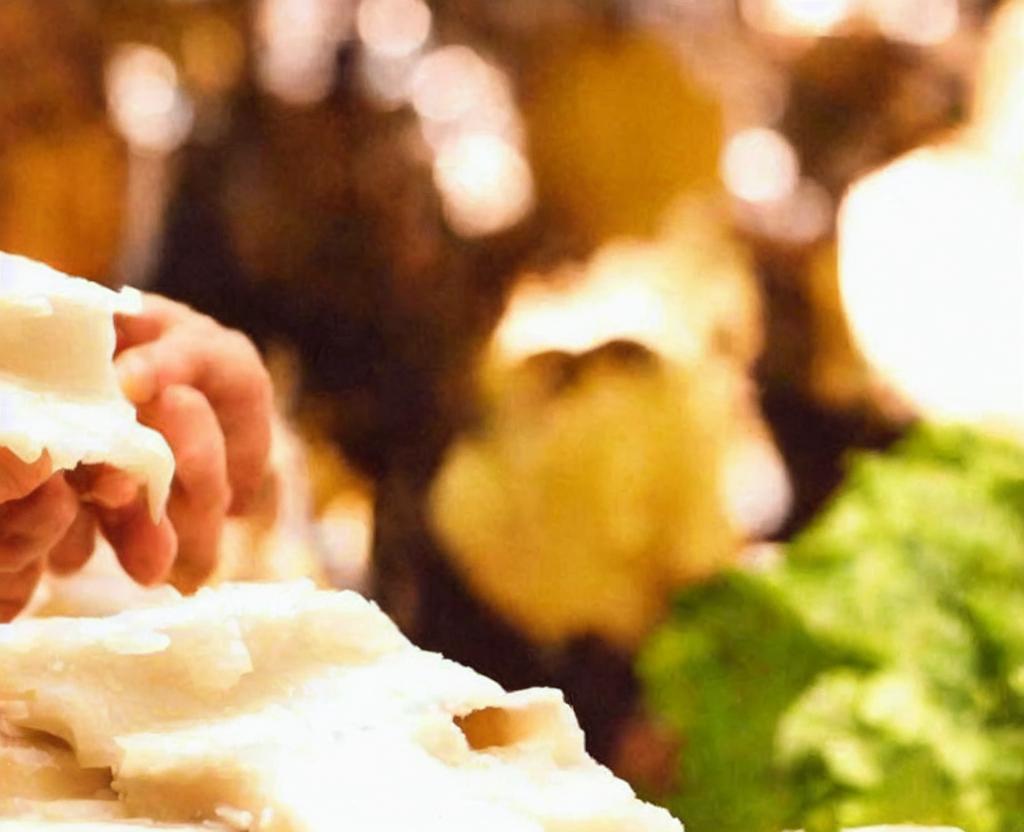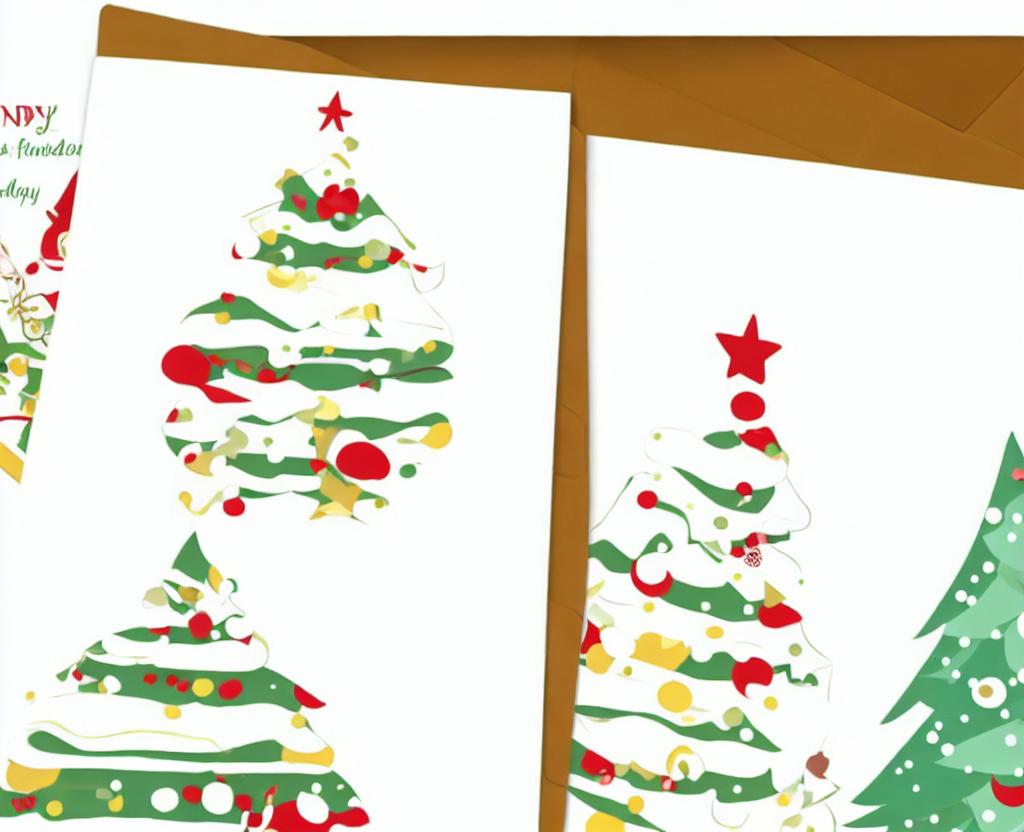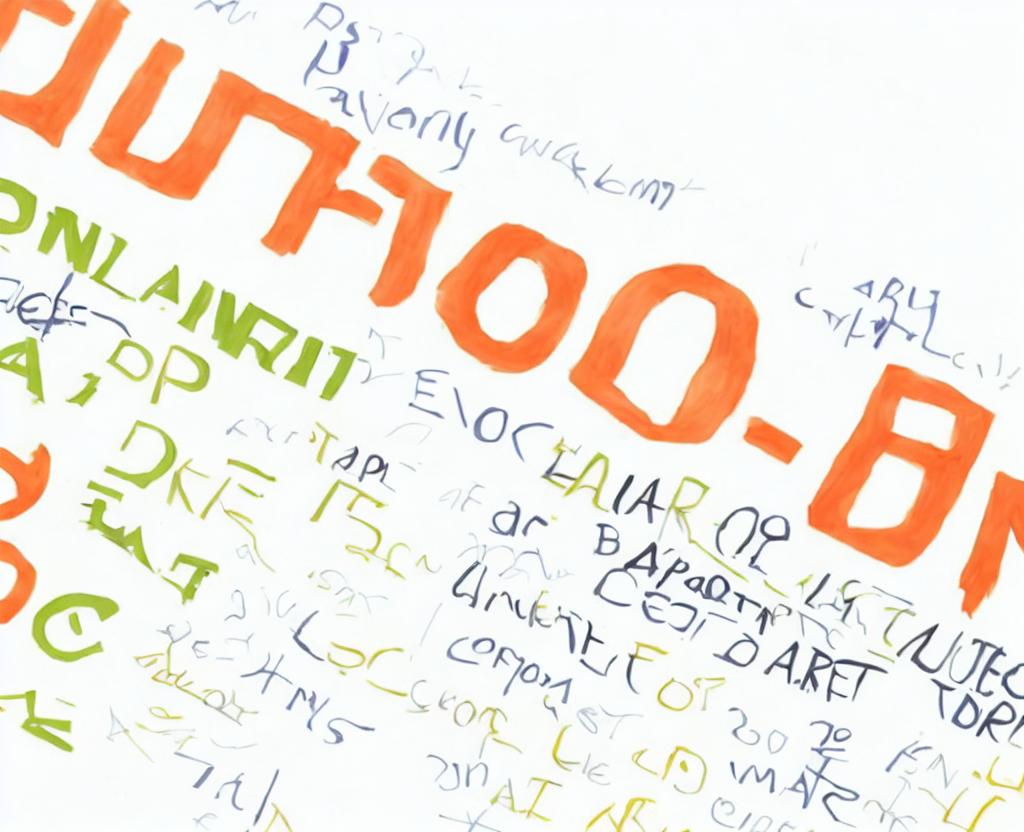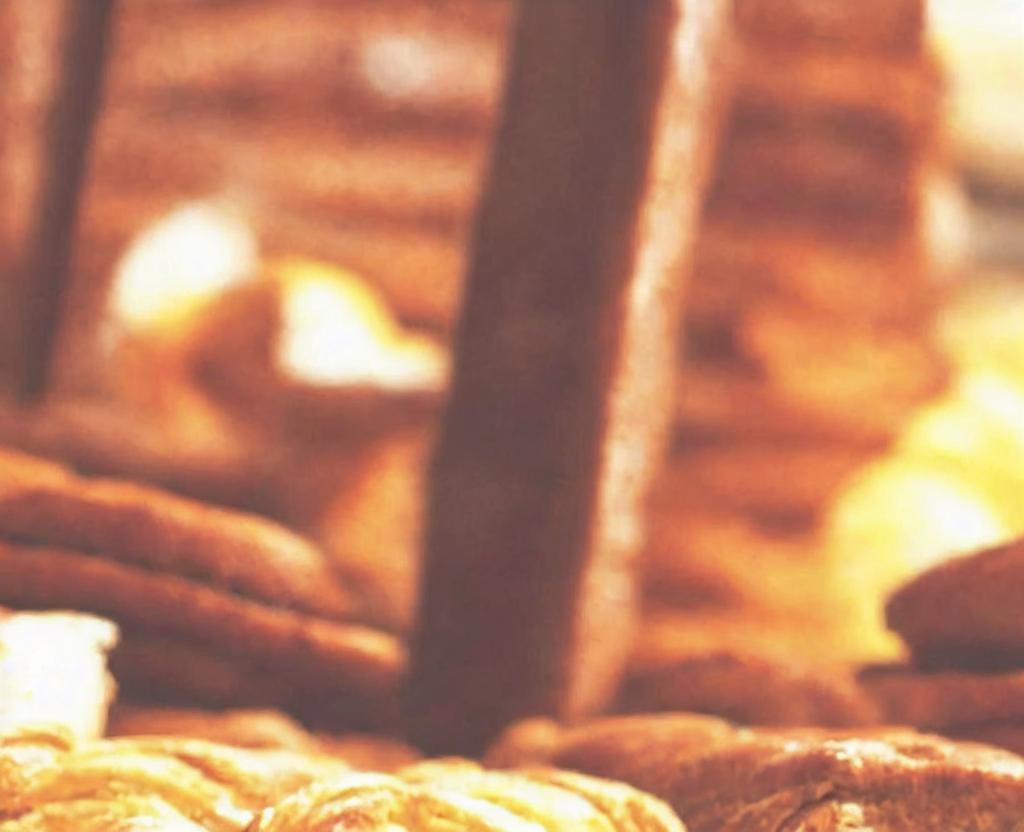
National Pastry Day
National Pastry Day in the United States honors one of the world's most popular baked goods. Visit your local bakery on December 9th and pick up one or two of your favorite items.
The pastry is a term used to describe a wide variety of baked goods that are made with flour, sugar, milk, butter, shortening, baking powder, and eggs. It is a word given to a large variety of baked goods that are made with ingredients such as flour, sugar, milk, butter, butter, shortening, baking powder, and eggs. Pastry dough is thinly rolled out thinly and then used as a base for many baked goods. pies, tarts, quiches, and pasties are among the more popular bakery items. Bakers bake both savory and sweet dishes from their doughs. In addition, they continue to produce new and delicious creations all the time..
- Pastries can be traced back to the ancient Mediterranean, where they had almost paper-thin, multilayered baklava, and Phyllo dough. The ancient Mediterranean has a similar tradition
- After the Crusaders brought it back from the Mediterranean, Pastry-making in Northern Europe began in Northern Europe
- As the 17th and 18th-century chefs introduced new dishes to the table, French and Italian Renaissance chefs eventually perfected the puff and choux pastries. Napoleons, cream puffs, and eclairs were among the innovative recipes included in the innovative recipes
Antonin Careme (1784 – 1833) is often considered the first great master of pastry making in modern times by Culinary historians. 1833)
Several popular brands of pastry bakeries bake baked goods that make our mouths water. The majority of them fall into one of the following categories: Most of them fall into one of the following categories:
- Shortcrust pastry – the simplest and most popular
- The shortcrust pastry is similar to the shortcrust but sweeter
- Flaky pastry – a simple pastry that expands when cooked
- When baked, Puff pastry – has many layers that cause it to puff –
- Choux pastry – a light pastry that is often filled with cream or other fillings
- Phyllo pastry – paper-thin pastry dough that can be used in several layers – is used in several layers
How to be #nationalpastryday, according to #nationalpastryday.com
Get baking! Choose your favorite recipes from the menu or try one of the delectable ones below. Be sure to invite someone over to help you enjoy the delectable results while baking. Another way to celebrate is to visit your local bakery and shouting them out. It's one of the easiest ways to #CelebrateEveryDay. It's one of the best ways to #CelebrateEveryDay. When you do, be sure to use #NationalPastryDay and post it on social media.
Pastry FAQ
Q. Why do recipes call for cold butter when making pastries?
A. Cold butter helps ensure that the final product is both light and flaky. For example, the butter helps create the layers called laminating when making kneading dough for pie crust, croissants, and puff pastry. When baked, those pieces of butter melt, creating pockets of air and separate layers. There's nothing left to melt when the pastry goes into the oven, resulting in a denser product if warm butter is used.
Q. What is a shortcrust pastry?
A. Shortcrust recipes are made with a 3:2:1 flour, fat, and water ratio. This pastry is used to make crusts for pies, tarts, quiche, and hand pies as the name implies.
Q. Is pastries savory or sweet?
A. Pastries are both savory and sweet. Pot pies, hand pies, pizza crust, biscuits, and tarts are among the savory pastry recipes on display. The same pastries we use for savory dishes can also be used to make fruit, chocolate, and cream desserts.
